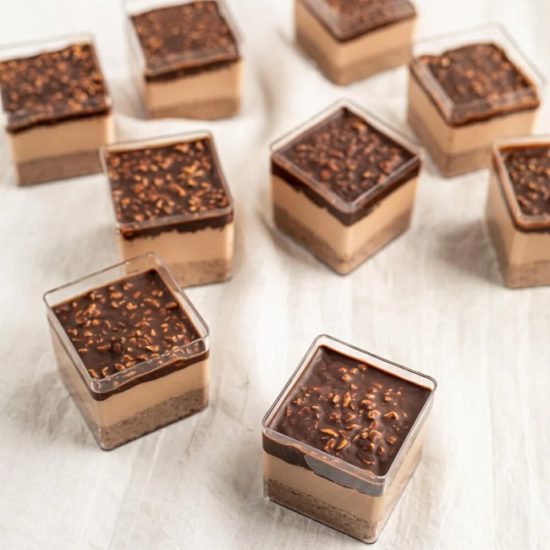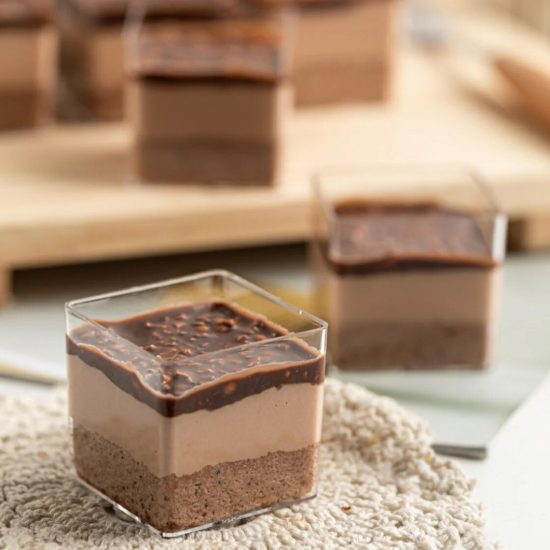Introduction: In a world where environmental consciousness is growing, the need for sustainable packaging solutions is more pronounced than ever. This holds true even in the realm of baking, where eco-friendly practices are gaining momentum. This article delves into the world of sustainable packaging options, specifically exploring alternatives to traditional plastic cake containers. We’ll uncover innovative materials and designs that contribute to a greener future for both the baking industry and the planet.
1. The Plastic Predicament: Traditional plastic cake containers have long been a convenient choice for bakeries, but their impact on the environment cannot be ignored. From production to disposal, plastic contributes to pollution and landfill waste. As a result, the demand for more sustainable options has led to the emergence of eco-friendly alternatives.
2. Biodegradable Materials: One of the most promising alternatives to plastic cake containers is biodegradable materials. Containers made from materials like bioplastics, which are derived from renewable resources such as cornstarch or sugarcane, break down naturally over time, leaving minimal ecological footprint.
3. Compostable Packaging: Compostable cake containers take the sustainability factor a step further. These containers not only break down naturally but also enrich the soil when composted. This closed-loop approach aligns with circular economy principles and reduces waste in landfills.
4. Paper-Based Solutions: Paper-based packaging has gained traction due to its recyclability and biodegradability. Cake boxes made from recycled paper or paperboard provide a sustainable option that doesn’t compromise on functionality or aesthetics.
5. Edible Packaging: Innovative and intriguing, edible packaging is a creative solution that reduces waste to zero. Imagine cake containers made from edible materials that can be consumed along with the cake itself. This edible packaging concept reduces waste and offers a unique consumer experience.
6. Plant-Based Films: Plant-based films made from materials like cellulose or algae are being explored for cake packaging. These films are not only biodegradable but also transparent, allowing for a similar visual appeal to traditional plastic containers.
7. Encouraging Reusability: Encouraging customers to bring their own reusable cake containers can significantly reduce the demand for single-use packaging. Bakeries can offer discounts or incentives for customers who choose to opt for this eco-friendly option.
8. Balancing Aesthetics and Sustainability: While the focus is on sustainability, aesthetics and functionality remain important. Eco-friendly alternatives to plastic cake containers are being designed to not only minimize environmental impact but also enhance the visual appeal of baked goods.
9. Educating Consumers: Educating consumers about the benefits of eco-friendly packaging options is crucial. Highlighting the positive impact of their choices on the environment can encourage them to opt for sustainable solutions.
10. A Greener Future for Baking: As the demand for sustainable practices continues to grow, the baking industry is witnessing a shift toward greener packaging solutions. By embracing eco-friendly alternatives to plastic cake containers, bakeries can contribute to a more sustainable future while delighting customers with their delicious creations.
Conclusion: The quest for sustainable packaging solutions is driving innovation and change in the baking industry. Exploring eco-friendly alternatives to traditional plastic cake containers showcases a commitment to both culinary excellence and environmental responsibility. As bakers and consumers alike embrace these greener options, we move closer to a future where every delectable treat is enjoyed without leaving a negative impact on our planet.


